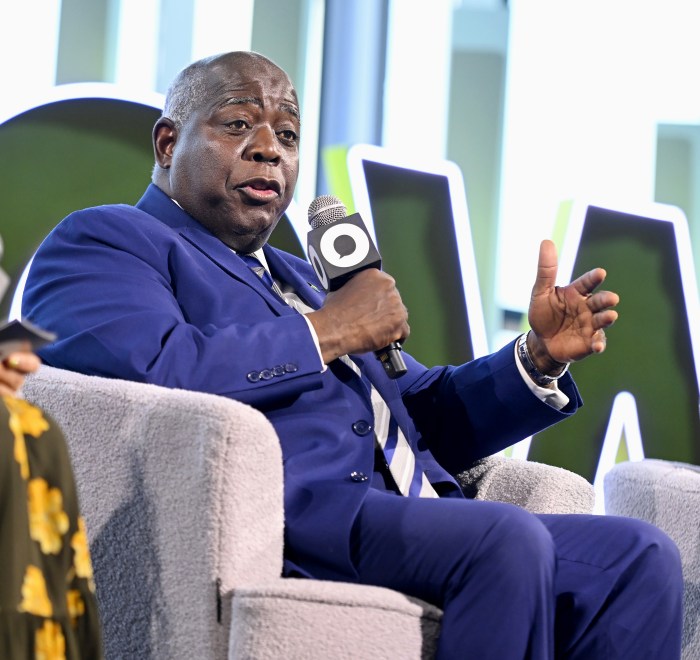The start of the annual June-November Caribbean hurricane season is more than three months away but experts have already begun to sound alarm bells about what is very likely to come — heavy rains, mudslides and strong hurricanes unlike the mild ones which have rolled through the region in the past three years.
The normally quiet if not moribund, Barbados-based Caribbean Institute for Meteorology and Hydrology (CIMH) this week said it thought it best to alert the Caribbean to the months ahead as the worldwide prediction is that the El Nino dry, drought phenomenon of the past year will likely ease in the coming months and be replaced by less predictable weather, bad news that is.
Governments from French Guiana to the Bahamas in the north Caribbean to Belize in Central America have all railed about the lack of rainfall since the summer of 2015 and its negative effects on the agriculture sector and cattle farming among other key sectors.
Guyana and Suriname, for example, have complained about the effects of drought on their southern interior jungle regions especially as rivers and creeks dry up and as marine life such as large fresh water fishes have perished in some cases as their habitats became dry.
Two weeks ago, international conservation groups and villagers in the southwestern Rupununi Region near the Guyana border with Brazil, were forced to send teams to rescue large groups of Arapaima freshwater fishes, among the largest of such species in the world as they were stranded and dying in muddy, oxygen-deprived creeks and small rivers.
Authorities also rushed food and other aid to the region as the main cassava crop failed in months of sweltering heat.
Now, the regional watchdog weather agency says that if predictions hold true, the region should brace for quite the opposite of the bone dry conditions of the past year.
“A cooling of the Pacific may take over and affect the region in the latter part of 2016. If the change in circumstance takes place, it is likely to result in higher than normal rainfall and stronger storm systems,” the body said.
Part of the reason why some experts predict heavy and possibly widespread flooding if the weather changes drastically, has to do with the months of pure sun and limited rainfall.
“Limited rainfall over the last few months has left many parts of the Caribbean with dry, compacted soils. As a result, heavy rainfall will not be easily absorbed by affected soil which increases the risk of flooding,” suggests Agrometeorologist Adrian Trotman.
Some of the smaller Eastern Caribbean islands such as St. Vincent and the Grenadines, St. Lucia and Dominica have in the past three years experienced unpredictable and heavier than usual rainfall in the latter half of the years, killing several people, creating mudslides, and widespread flooding. Several people were killed when homes collapsed. Some perished by drowning.
The regional weather body apparently chose to release its predictions and warnings just as CARICOM leaders were meeting at their half yearly summit in Belize, giving them the opportunity to incorporate the issue in their agenda over three days of talks.
“We know that advanced warning of an extreme event like a hurricane can help us to be more prepared. The same now applies for longer-term climatic events and this means that the sooner we can have an early warning of changing conditions the longer time we have to prepare,” the body said.

























